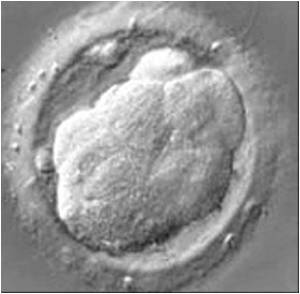Exposure to particulate matter 2.5 is linked to negative changes in the heart structure and function that are associated with heart failure and death.

‘Inhalation of fine particulate matter emitted from diesel road vehicles can damage the heart structure and function, leading to heart failure and premature death.’





The current study examined whether PM2.5 may damage the heart directly. The study included 4 255 participants from the UK Biobank, a large community-based cohort study. Cardiac magnetic resonance imaging was conducted to measure left ventricular volume (structure) and left ventricular ejection fraction (function). Annual average exposure to PM2.5 was calculated based on participants' home address.The association between PM2.5 exposure and heart structure and function was estimated using multivariable linear regression, a form of statistical modeling which adjusts for potential factors that could influence the relationship such as age, gender, diabetes and blood pressure.
Participants were 62 years old on average and 47% were men. The annual average PM2.5 level was 10 μg/m3. The investigators found linear relationships between ambient PM2.5 level and heart structure and function. Every 5 μg/m3 increase in exposure was associated with a 4-8% increase in left ventricular volume and a 2% decrease in left ventricular ejection fraction.
Dr Aung said: "We found that as PM2.5 exposure rises, the larger the heart gets and the worse it performs. Both of these measures are associated with increased morbidity and mortality from heart disease."
The researchers also looked for potential factors that could modify the relationship. They found that people with degree-level education were less prone to having a larger heart and had a smaller reduction in ejection fraction when exposed to PM2.5 than people with a lower level of education.
Advertisement
Regarding how pollution might have these negative effects on the heart, Dr Aung said. PM2.5 causes systemic inflammation, vasoconstriction and raised blood pressure. The combination of these factors can increase the pressure in the heart, which enlarges to cope with the overload. The heart chamber enlargement reduces the contractile efficiency leading to a reduction in ejection fraction.
Advertisement
He continued, "Our results suggest that PM2.5 is linked with negative changes in the heart structure and function that are associated with poor outcomes. Reducing PM2.5 emission should be an urgent public health priority and the worst offenders such as diesel vehicles should be addressed with policy measures."
Regarding what individuals can do to decrease their risk, Dr Aung said, "Avoid times and places where there is a high level of pollution. If you want to cycle into work and there is heavy traffic around that time then try to find a quieter route. Walk on the part of the pavement furthest from cars to reduce the amount of pollution you breathe in. Those with cardiorespiratory diseases should limit the time spent outdoors during highly polluted periods such as rush hours."
Source-Eurekalert













